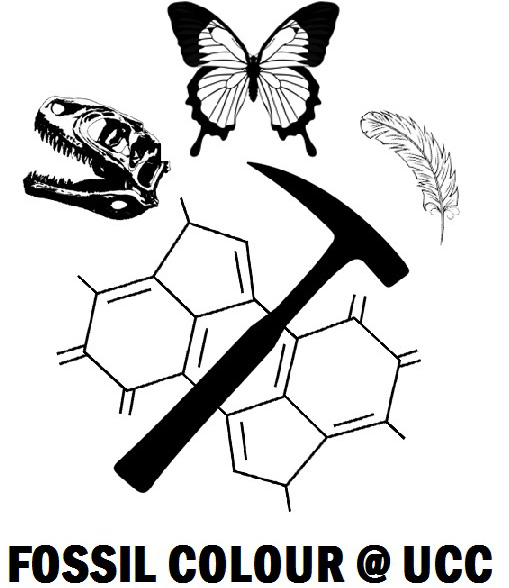Palaeochem
Biomolecular innovation and the evolution of animals: insights from taphonomy and the fossil record
Background
What are the limits of the fossil record?
Ancient biomolecules are critically important given their potential to inform on phylogenetic relationships and the processes driving evolutionary change.
Research to date, however:
– lacks cohesion and breadth
– is strongly biased towards bone, and
– often fails to consider the impact of analytical bias and fossilization processes.
What’s the project about?
This proposal sets a new, focussed agenda for the study of ancient biomolecules based on the characterization of thin carbon films preserving the soft tissues of fossil animals.
Targeted chemical analysis of diverse fossils including frontier high-resolution mapping will be informed by a rigorous programme of fossilisation experiments simulating decay and burial, thus generating the first holistic models for the preservation of the evolutionarily important biomolecules keratin, melanin, and collagen in fossil soft tissues through deep time.
What will the project do?
– The research will resolve the fossil record of these key biomolecules, the chemical mechanisms responsible for their preservation, and will accommodate taphonomic biases in evolutionary models.
– This enhanced picture of animal molecular evolution will test hypotheses linking biomolecular innovation with fundamental phenotypic, phylogenetic and ecological transitions, especially relating to the evolution of the tetrapod integument and the origins of animals.
– The research will launch twin experimental facilities for simulating burial that will allow extraction, and in-situ analysis, of reaction products in real time. These facilities will be unique in Europe, consolidating the PI’s team as a keystone global hub for research into ancient biomolecules.
Who’s involved?
The research team comprises the PI (Maria McNamara), three postdoctoral researchers, and two PhD students, and will dovetail with a global collaborative network. The project will have significance for diverse scientists and will inspire the next generation to explore the wonders of science.
What’s the broader setting?
The research team will complement the existing team of PhD students and postdoctoral researchers working as part of the McNamara lab, and will be further supported by several additional new positions including a dedicated Outreach Officer and new lectureship in palaeontology.


